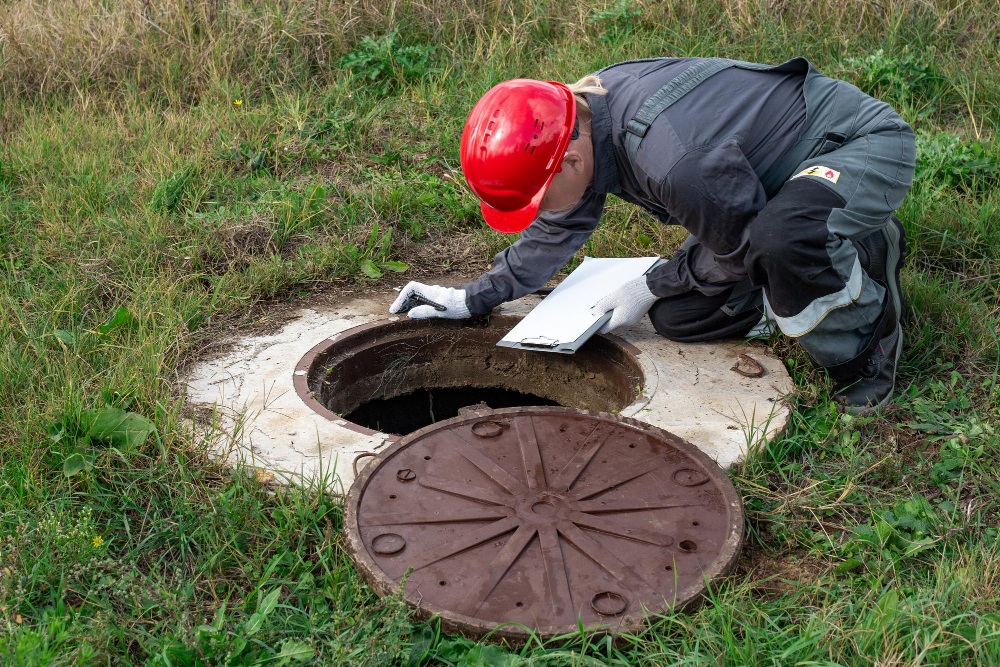
16
Septic tank inspections are crucial for maintaining the health and efficiency of a septic system. Regular inspections ensure that the system functions properly, preventing costly repairs and environmental hazards. Understanding the inspection process can help homeowners maintain their systems effectively and know when to call a professional septic company like Charlotte Septic Pros for septic tank cleaning and other septic services.
The inspection process begins with an initial assessment by a licensed septic company. This step involves gathering basic information about the system, including the age of the tank, the size of the household, and the date of the last inspection or septic tank pumping. The inspector will review any previous records to identify potential recurring issues and to understand the system’s history.
The next step is locating the septic tank. If the location is unknown, the inspector uses specialized tools, such as probing rods or electronic locators, to find it. Knowing the exact location is essential for accessing the tank’s components and for planning any necessary septic tank installation.
Once the tank is located, the inspector removes the tank cover to gain access to the interior. This step is critical for a thorough examination and requires caution to prevent any damage to the tank or its components. The tank’s access points, usually manholes or inspection ports, are opened to allow for detailed inspection.
Inspectors use a measuring stick or a sludge judge to determine the depth of the scum and sludge layers inside the tank. The scum layer floats on top, and the sludge layer settles at the bottom. Monitoring these layers is essential for scheduling septic tank pumping. When these layers reach a critical level, typically one-third of the tank’s volume, it is time for septic tank cleaning.
The inlet and outlet baffles are inspected next. These components play a crucial role in the flow of wastewater into and out of the septic tank. Baffles prevent scum and sludge from entering the drain field. Inspectors check for any damage or blockages, as faulty baffles can lead to system failures and will require immediate septic tank repair.
The inspector examines the tank for any signs of leaks or structural damage. This includes checking the tank walls and bottom for cracks or deteriorations. Leaks can lead to contamination of the surrounding soil and groundwater, posing serious environmental risks. Any structural issues identified during the inspection might necessitate extensive septic tank repair or, in severe cases, complete septic tank installation.
The drain field is also inspected to ensure it is functioning properly. The inspector looks for signs of system overload, such as pooling water or foul odors, which indicate that the drain field is not absorbing wastewater efficiently. Problems with the drain field often require professional intervention and may be linked to issues within the septic tank itself.
Based on the inspection results, the septic company performs any necessary maintenance. This could involve septic tank pumping to remove excess scum and sludge, septic tank cleaning to ensure all components are free from blockages, or septic tank repair to fix any identified issues. In cases where the tank is beyond repair, a new septic tank installation may be recommended.
Regular septic tank inspections, typically every three to five years, are essential for preventing system failures and extending the life of the septic system. By understanding the inspection process, homeowners can proactively manage their septic systems and avoid costly repairs or replacements. Partnering with a reputable septic company like Charlotte Septic Pros ensures professional and thorough inspections, keeping your septic system in optimal condition.
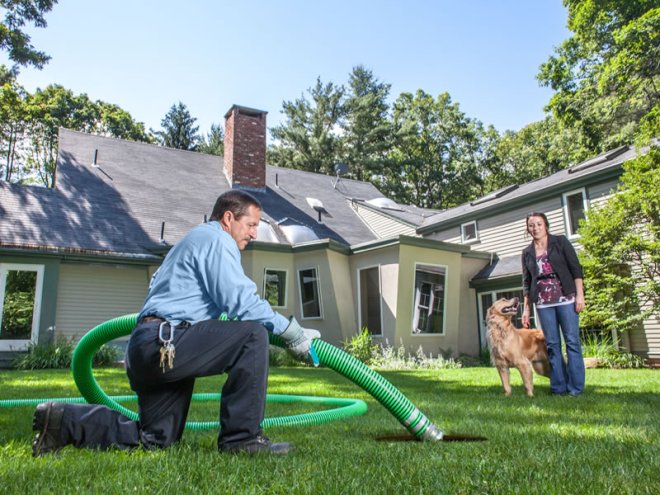
29
5 Things You’re Doing Every Day That Fill Up Your Septic Tank Faster Your septic system works quietly in the…
Read more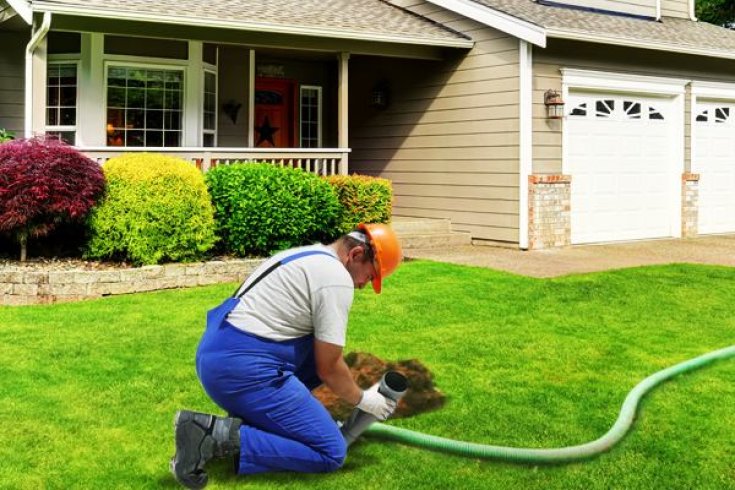
21
Is It Normal for Grass to Grow Greener Over My Septic Tank? If you’ve noticed a patch of grass in…
Read more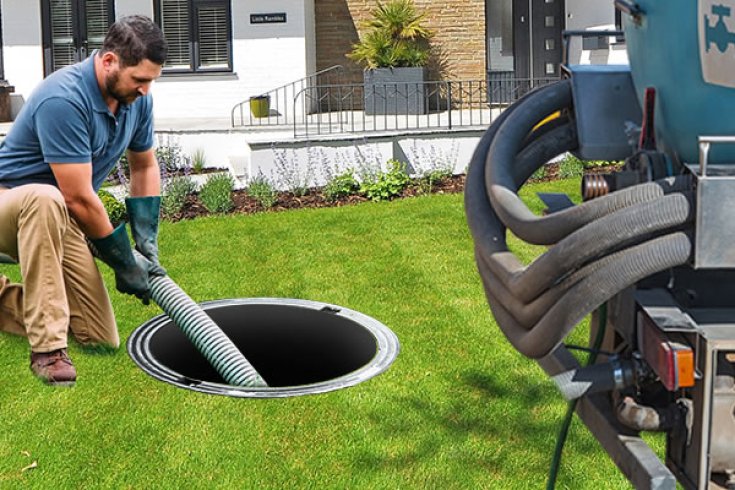
16
Why You Shouldn’t Wait Too Long to Pump Your Septic Tank A septic system works tirelessly behind the scenes to…
Read more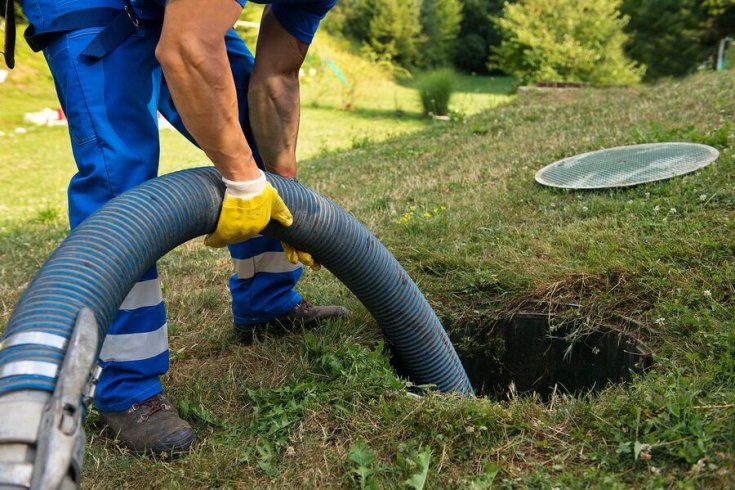
07
Septic Tank Smells? Let’s Talk About What’s Really Going on Underground A septic system is designed to manage wastewater efficiently…
Read more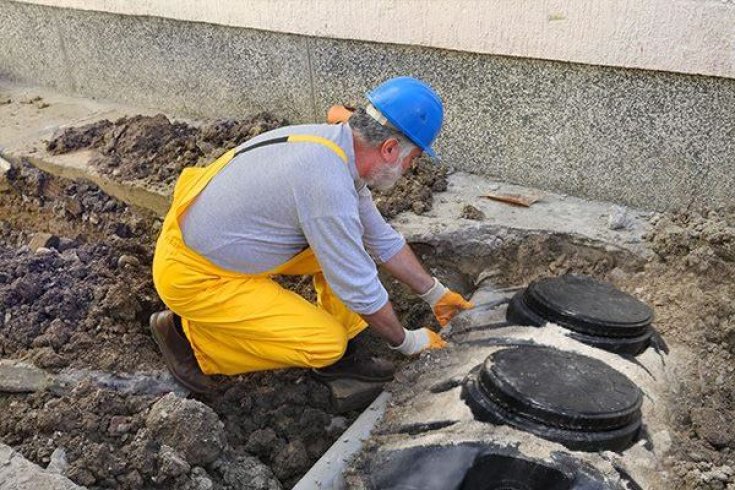
31
Why Neglecting Your Septic Tank Can Affect Your Yard, Home, and Health A well-functioning septic system is essential for managing…
Read more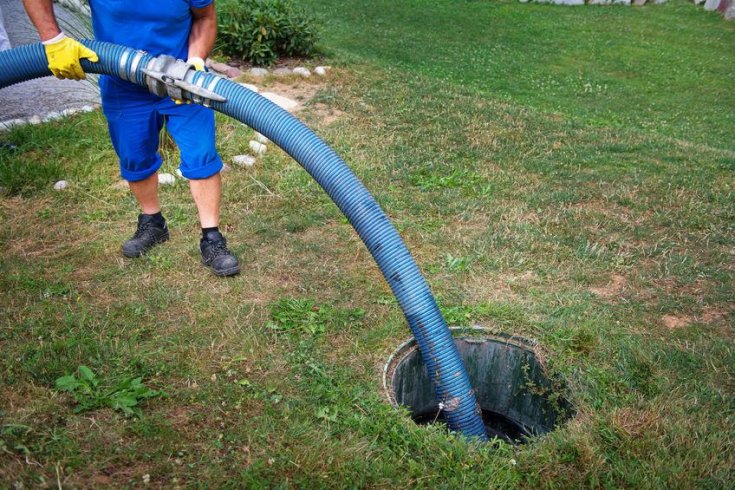
24
How to Prepare Your Septic System for Heavy Rain or Flooding When heavy rain or flooding hits, one of the…
Read more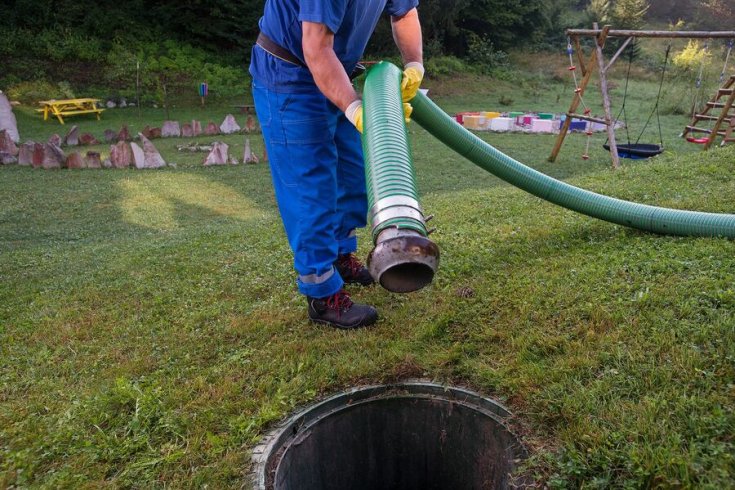
18
Does My Septic Tank Smell Mean Trouble? A well-functioning septic system should work quietly and odorlessly beneath the surface. If…
Read more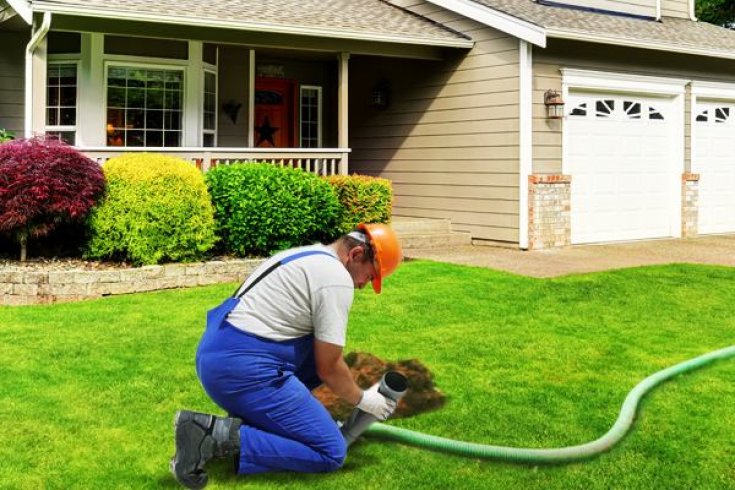
11
DIY Septic Maintenance: What You Can and Can’t Do When it comes to your home’s septic system, a little regular…
Read more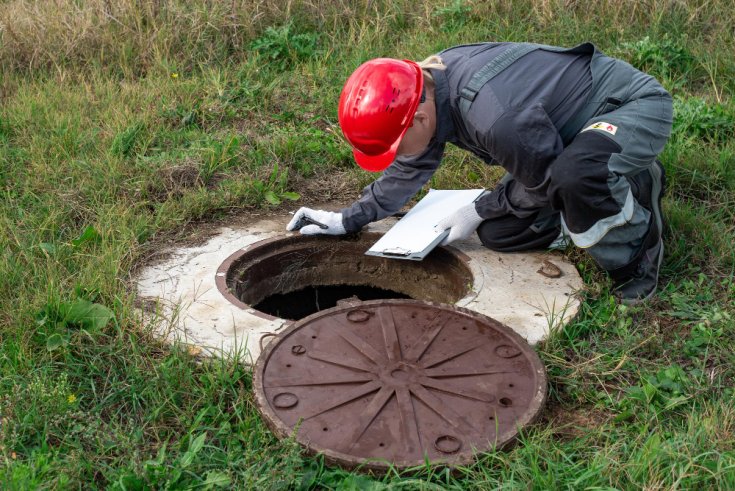
03
Top 3 Warning Signs Your Septic Tank Is Overdue for Service Your septic system is one of the most important…
Read more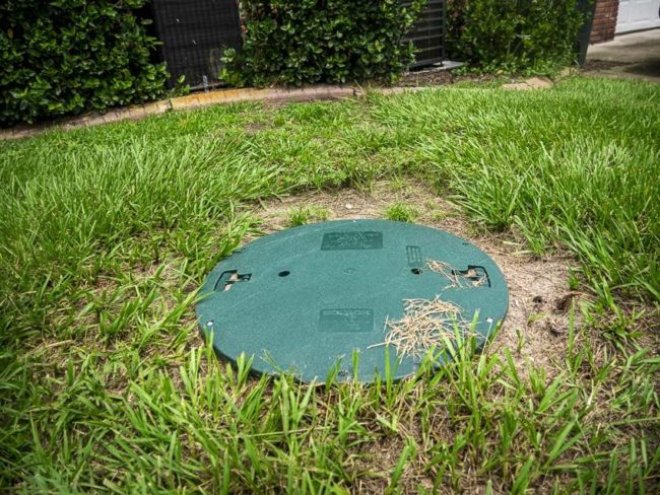
24
Can Rain Affect Your Septic Tank? What to Know During Storm Season Heavy rain is a fact of life during…
Read more